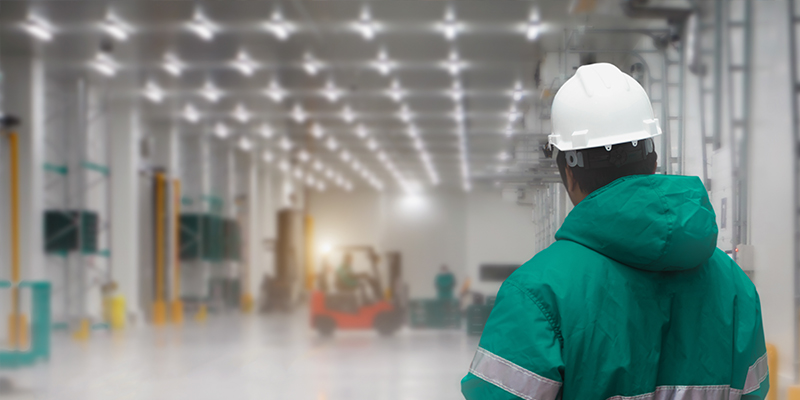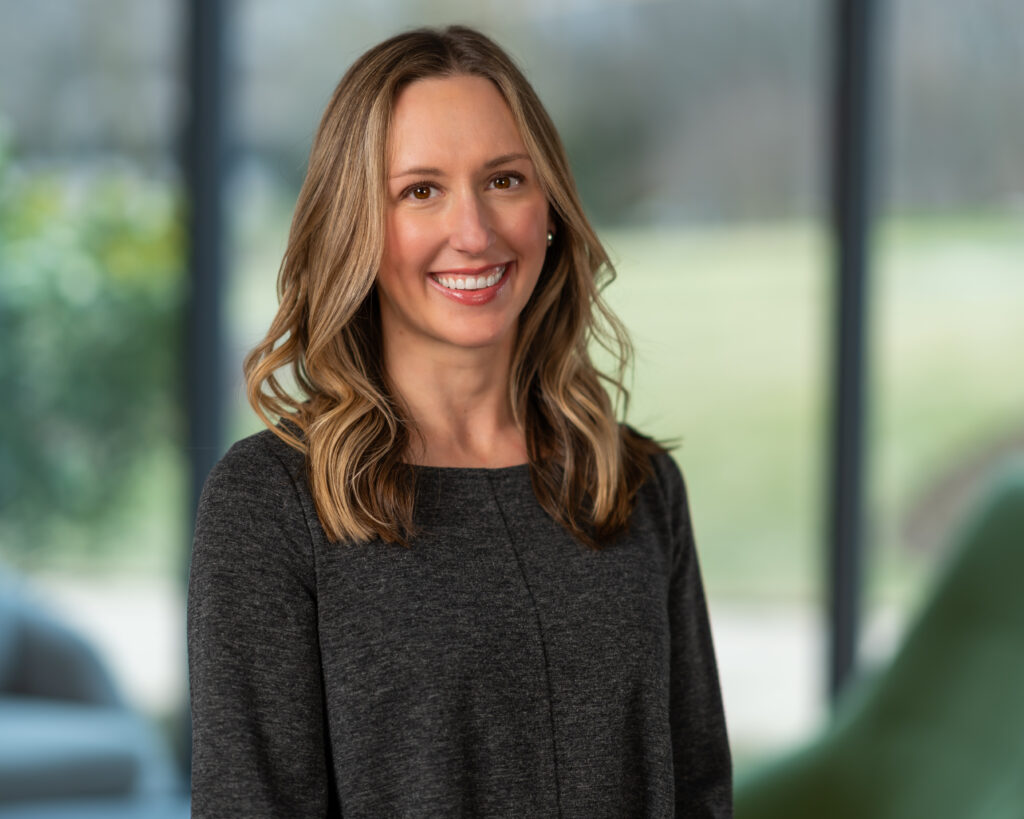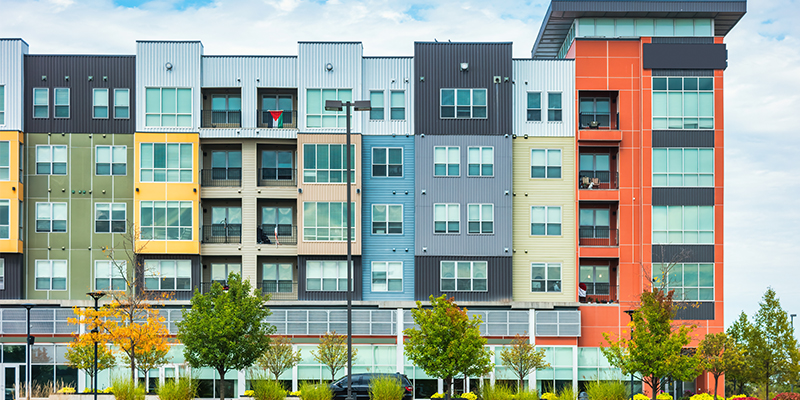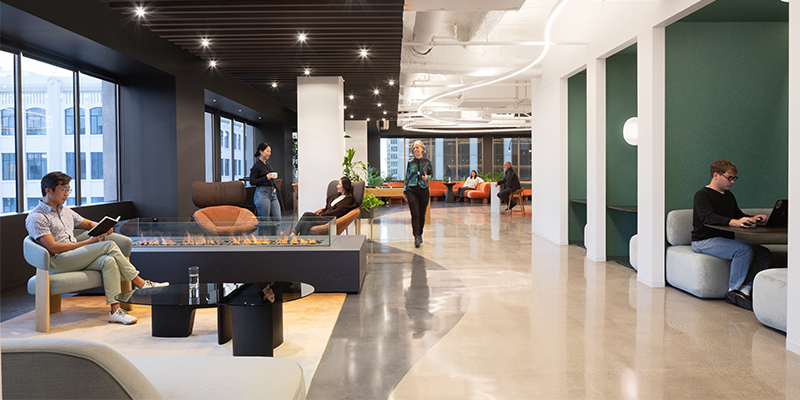Cold storage has a significant lack of existing inventory, and these buildings are traditionally located outside of major urban areas. Now, cold storage occupiers are turning to speculative buildings despite the higher price tag.
A panel at I.CON East this week discussed cold storage fundamentals and how investors can maximize opportunities and minimize risks for cold storage investments. Chris Copenhaver, senior director with Cushman & Wakefield, led the discussion with Randy Thompson, vice president with Ryan Companies; Matt Wassel, principal at Saxum Real Estate; and Turner Wisehart, partner with OnPace Cold.
Copenhaver started off by identifying the primary issue facing cold storage: inventory of existing facilities.
Of all industrial stock in U.S., only 2% is cold storage and half of it is, on average, 37 years old – so technically obsolete – and also in the wrong place.
Historically, cold storage facilities were located in rural areas near larger population centers. That entire approach has shifted to smaller facilities closer to population centers.
Ports are also importing more food products from other parts of the world and therefore require more cold storage.
“At any given time in any market, you’re lucky if you have one or two buildings to choose from,” Wisehart said.
Copenhaver shared three ways to add to the existing inventory: build spec/build-to-suit, renovate existing properties, or convert dry warehouses. How do each of these approaches differ?
While renovating is most typical, even renovating a current cold storage facility is challenging. The infrastructure needs of a minus-20-degree freezer are very different from a 36-degree cold warehouse, for example.
Converting a dry warehouse into a cold storage facility also requires a unique approach. Among other things, the warehouse foundation is probably a standard 7” depth, which won’t work as-is for cold storage – there needs to be a layer (typically glycol) between the foundation and the dirt that helps warm the dirt, so it doesn’t freeze and compromise the foundation.
For new spec buildings, there are pros and cons. “You get all the bells and whistles, higher clear heights, efficient utilities, it’s densely racked,” said Wisehart. However, you’re looking at the higher end of the price range.
Wisehart said everyone wants to find existing cold storage stock because it will probably be the quickest and cheapest, but inventory is very low. “My clients will say ‘find us something that checks five out of the 10 boxes and we’ll retrofit the rest.’”
The panelists agreed that they’re seeing the most activity in the 75,000-100,000 square foot range. Wassel agreed. “We’re all chasing the big, single-tenant deals, but you have to be prepared to cut it smaller.”
Thompson pointed to the Great Lakes area, reaching down to Texas and over to the Carolinas. Half of the U.S. population lives in that region, along with much of the food we’re growing. Demographics are really driving location.
The first spec cold storage building ever built was in 2019 in Dallas-Fort Worth. Since then, over 9 million square feet of cold spec space have been built, or about 37 projects. About half of that space has been leased. Of that which isn’t leased, much of it is still under construction, though some has been delivered and is looking for tenants.
Another challenge that comes as a byproduct of low inventory is establishing rents. It’s difficult to figure out the market rate for food manufacturing or food storage building in any given market because there’s such limited data. “If you go to look for lease comps, you’re lucky to find a couple, and even then, it won’t be apples-to-apples,” said Wisehart.
Instead, companies pull up comps for the region, sometimes even broadly across the country, to help guide them. “It’s much more of an art than a science to value these products,” he added.
“Set a comfortable floor you think you can achieve,” Wassel said, saying that right now his company is looking in the low $20 per-square-foot range. “I don’t think we’ve hit a ceiling on rents on the spec side.”
“The truth is, every time one of these new leases is signed, it’s a new watermark for us,” Wisehart agreed.
What used to be looked at as a pseudo-niche asset class is now looked at as viable for institutional capital. There’s more demand out there than deals getting done.
“Where do you see the market in 5-10 years? Will demand continue?” Copenhaver asked.
“There’s a lot of demand in this space. We like eating stuff, and I don’t see that changing,” Thompson joked.
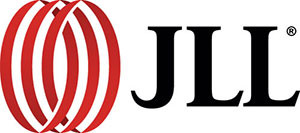
This post is brought to you by JLL, the social media and conference blog sponsor of NAIOP’s I.CON East 2024. Learn more about JLL at www.us.jll.com or www.jll.ca.

